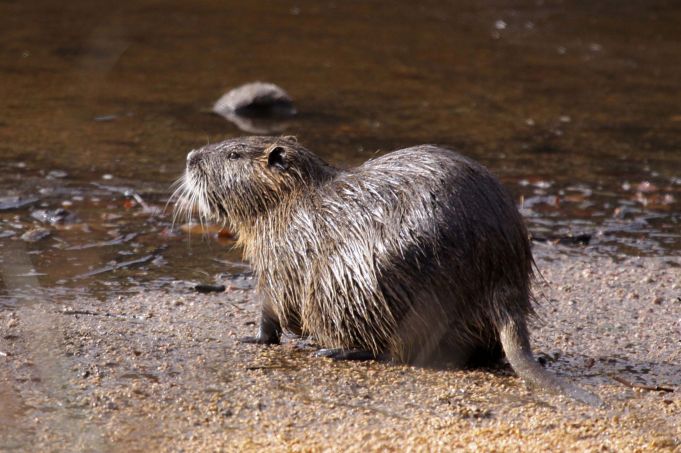Nutria: Rome's giant river rodent
Ever noticed the large rodents swimming across Rome's river Tiber?
Don't be alarmed - they are not giant rats. Neither are they beavers (hunted to extinction in Italy in around 1900) or otters (extinct in Rome for the last 100 years due to pollution and human activity).
The semi-aquatic, herbivorous animal is in fact a coypu or nutria, commonly known in Italy as a castorino (little beaver).
This native South American species was introduced to Italy around a century ago to be farmed for its fur. However when fur fell out of fashion many of the nutrie escaped or were released, and the animals now flourish in the wild, particularly in northern Italy.

The coypu has colonised many Italian waterways and freshwater marshes, its destructive burrowing and feeding habits causing problems for native flora and fauna, as well as for riverbanks, dams and crops.
An adult coypu typically weighs 4–9 kg and are 40–60 cm in body length, with a 30-45 cm tail. The animals have thick fur, webbed hind feet and large, bright orange-yellow incisors.
It is not known how many coypus exist in Italy, although there are an estimated 1.3 million of them in the northern Lombardy region alone.
Attempts to cull or eradicate the species have proved ineffective in the past. An individual nutria consumes about 25 per cent of its body weight in vegetation daily, and feeds year-round.

















